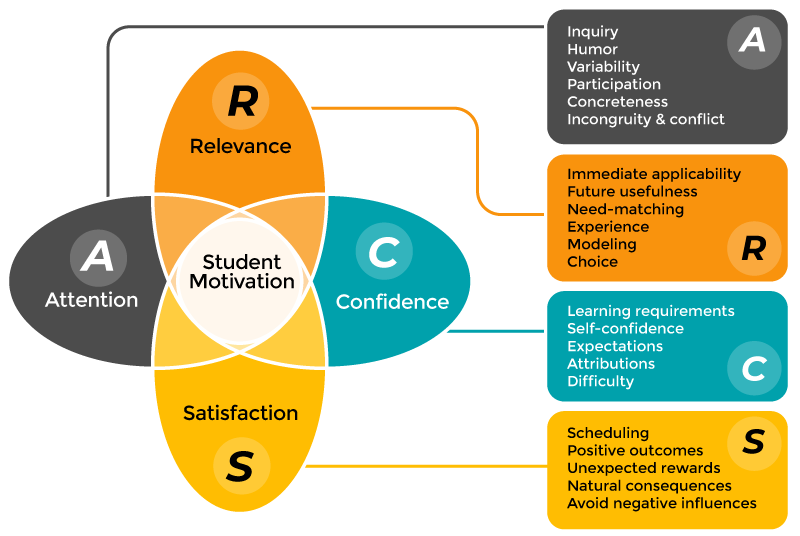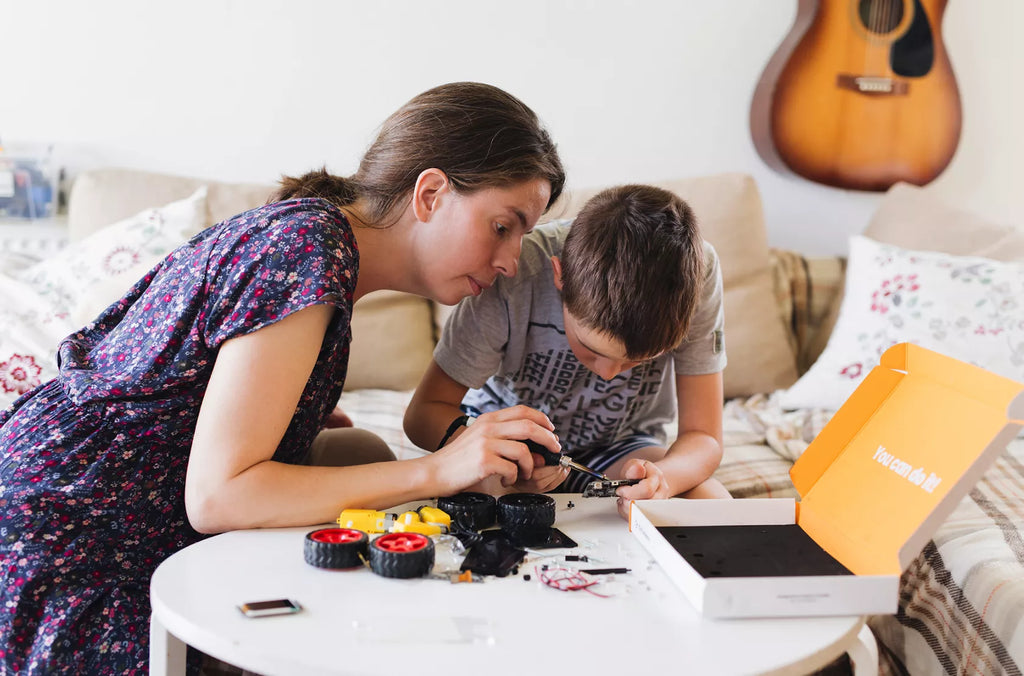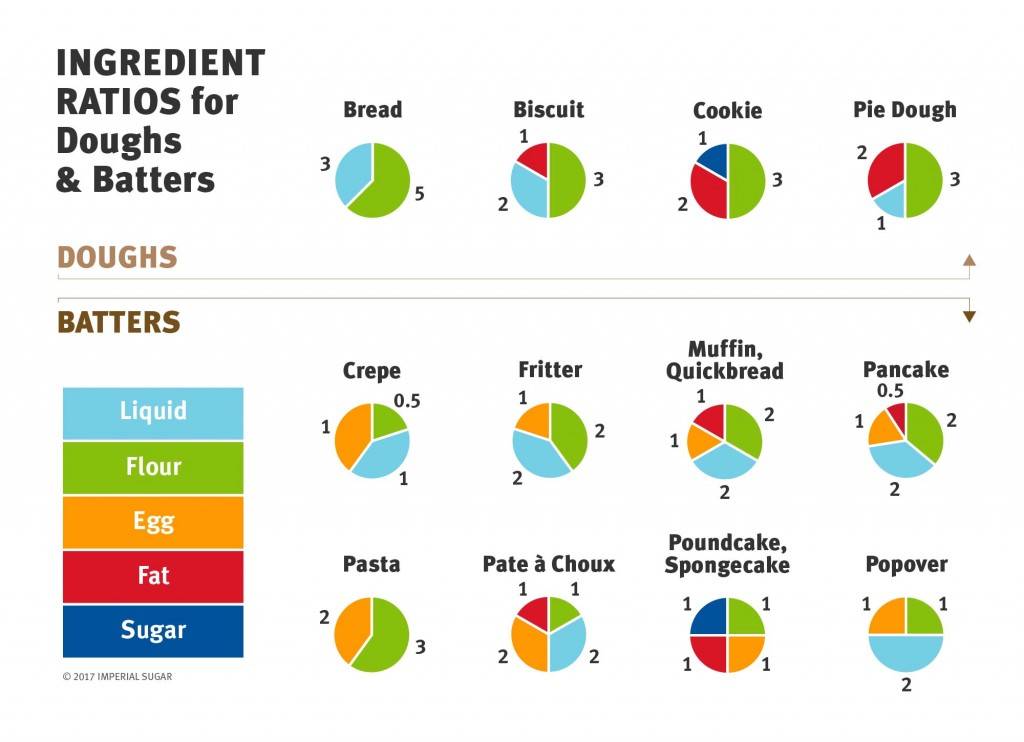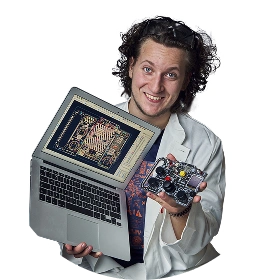
How to Motivate Kids to Practice Hard Things?
Read stories how our founder Albert turned his childhood passion into CircuitMess, and get exciting DIY project ideas you can do with your kids at home for free.
Table of content
Unfortunately, many kids struggle with waning motivation, both in school and in personal life. The good news is, there are effective strategies to help kids become (and stay!) motivated.
If you're willing to invest some time in finding what motivates your child, you'll be able to raise a confident and focused learner who overcomes challenges. Keep reading; we'll show you how.
What type of motivation does your kid have?
It may sometimes seem as if your friends' kids are competing in the Spelling Bee just because, while yours won't finish homework without the promise of screen time or snacks.
And you know what? That's perfectly fine.
The reason why some children approach challenges differently lies in the type of motivation they have.
Remember the little Spelling Bee champions that we've just mentioned? Chances are, those children have a love for words or a strong desire for competing. In other words, they have intrinsic motivation.
On the other hand, other kids learn and thrive when they see tangible rewards tied to their efforts, meaning that they have extrinsic motivation.

While each type of motivation has its role in a child's development and learning, it's important to grasp your child's unique motivational style. Let's dive a bit deeper into each type.
Extrinsic and intrinsic motivation
Understanding the dynamics between intrinsic and extrinsic motivation can be a game-changer in terms of encouraging young kids to do hard things that require effort.
Extrinsic motivations, such as those connected to external rewards, grades, or even negative consequences, are definitely helpful for kick-starting the activities your kid doesn't want to do. However, research has shown that intrinsic motivation is more likely to lead to long-term benefits in learning, creativity, and well-being.
Because of that, it would be best to find activities that are intrinsically motivating for your child, and use those to ignite their enthusiasm.
Don't forget that there's also one final, elusive layer of motivation: integrated motivation.
Integrated motivation
Integrated motivation happens when an activity is entirely internally motivated. Need an example? We've got you.
Let's say your child loves playing basketball and enjoys practicing their ball skills—that's internal motivation. If they also want to play for their school to win a trophy or make the team proud, that's external motivation.
Those two combined can create integrated motivation, as the child has integrated their personal interest and appreciation for the sport. The combination is hard to beat because it leverages the full spectrum of motivation, fueling your child's drive.
Now, how can all this theoretical knowledge actually help you motivate your child to take on projects they're not that enthusiastic about?
The answer lies in finding the appropriate real-life approaches that make sense with your kid's lifestyle. And if your kid is a typical pre-teen, we bet their life includes quite a bit of technology. So, let's leverage their tech-savviness for motivation-building purposes.
How technology motivates kids?
Study German! Sort laundry by color!
Commands like these aren't precisely what motivates children. In fact, they might even lead to the opposite effects: resistance and disinterest.
Instead, the famous ARCS motivational model designed by John Keller teaches us that we should encourage kids to do hard things by:
- Capturing theirattention,
- Choosingrelevanttasks,
- Helping thembuild confidence, and
- Creating a sense ofsatisfactionin their accomplishment.
You can find some tips on how to implement these elements in the infographic below.

As you can see, the ARCS model lends itself perfectly to tech-oriented motivational strategies.
There's nothing that captures a child's attention faster than video games or gadgets. Similarly, playing off the technology that children already use helps them remain self-motivated because they see the relevance of the task.
For instance, why not encourage your child to learn coding by programming their own games with block code?

Additionally, many technology-based learning experiences and engineering activities offer immediate feedback and rewards, which is perfect for kids that don't want to wait for months until they see the results of their efforts.
All things considered, this journey isn't about shouting commands. It isn't about letting kids play on their phones all day, either.
Building motivation should be about creating a learning environment filled with positive energy where learning and growth are satisfying adventures, and technology-based educational activities can help you achieve just that.
7 methods to motivate your kid to learn
Whether you're suspecting there might be a learning disability at play (which isn'tthat uncommon), or you're browsing through ways to motivate your child, these seven proven methods can make a significant difference in their learning journey. Let's take a closer look.
Method #1: Set goals for your kids
Goals are important for keeping your kid motivated because they provide purpose, direction, and meaning to the learning process. A good framework to follow when setting goals is the SMART framework, which stands for:
- Smart
- Measurable
- Achievable
- Realistic
- Time-bound
So, instead of saying "Learn math", you should go with a more actionable option and say "Learn how to solve quadratic equations by next week."
You can set even smaller, bite-sized goals. Pediatric psychologist Emily Mudd, PhD, suggests the following approach:
"Have them focus on math homework for 10 minutes without interruptions, or have them clean their room before dinner. The right, specific goals will build your child's internal resilience and motivation."
Regardless of the specific aim you want your child to achieve, setting goals will help them track their progress, measure their achievements, and celebrate accomplishments. So, out with the vague, in with the specific!
Method #2: Help them, but don't control them
Many parents who wish well for their child's academic life make the mistake of trying to make the learning process perfect.
Instructing the kids on what to do, how to do it, and when to do it, are just some of the examples of how parents can unwittingly make children lose self-confidence.

But that's not to say that you shouldn't be there for your child if they ask for help. By all means, be their supportive co-pilot.
However, if you want to motivate your children and help them build self-determination, remember that they should be the ones leading the journey. Your assistance should be there to complement their self-driven effort, not the other way around.
Method #3: Find the right challenge for your child's interests
Does your child find it difficult to do activities that don't involve screens? Or, do they maybe struggle with maintaining social interaction with others?
As you can see, there are various challenges that kids, especially older kids, face in their day-to-day lives. Focusing on a relevant problem with the right motivation can help you create opportunities where children truly see the value of the hard work they put in.
More isn't always better; one correct challenge can help your child more than three wrong ones ever could.
Method #4: Help your child see the big picture
"When am I ever going to use this?"
Ah, the question that most teachers anticipate at multiple points during the school year. The funny thing is, the question is perfectly valid!
Kids like knowing why they are asked to do something, and if you're trying to motivate children to do hard things, they have to know the purpose behind the task.
Take ratios, for example.
As an isolated unit, a lesson plan on ratios and proportions probably won't motivate your child or help them discover a passion for mathematics. But if you explain the importance of ratios in everyday life, suddenly, it becomes more interesting.
You can mention how ratios are used in art to create visually appealing compositions, in sports to analyze player performance, or in cooking to adjust recipes.

You can find real-life applications for nearly every subject the kids tackle in school.
Keep in mind that convincing kids to do their homework isn't the ultimate goal. It's all about inspiring them to become lifelong learners who understand the value of knowledge and how the acquired skills can shape their future in practical ways.
Method #5: Use educational games to motivate kids
Kids love games—that's a fact.
Games require active engagement, capturing your child's attention. And games that include several kids also encourage healthy competition and throw in a little peer pressure, as well.
These factors can make things competitive, inspiring kids to put in more effort into the task at hand. What's not to love?
Now, before you purchase the newest skins for your kids' Rocket League cars, remember that not all games are made equal.
While some are purely made for entertainment, there are numerous games and activities that can help your child practice perseverance and problem-solving skills.

Board games, creativity-sparking kids subscription box, or even DIY gadgets likethe one you see above, are all excellent options to consider.
They provide entertainment while also promoting learning, teamwork, and critical thinking.
By integrating these types of educational games into your child's routine, you can intertwine fun and knowledge, turning playtime into a productive and motivating experience.
So, next time you're tempted to splurge on virtual accessories for their gaming adventures, think about the educational games that can boost their skills and enthusiasm for learning.
Method #6: Get involved in kids' activities
Actively participating in your child's interests and activities won't only boost their short-term motivation. According to recent research, children with involved parents also grow up to be high achievers.
Your involvement and positive reinforcement show kids that you value their interests and genuinely want to learn more about what they're passionate about.
Involvement goes beyond just being an observer, though. When you actively engage with your kids' activities, you provide encouragement, stronger social bonds, and a safe environment for them to push boundaries.

So, whether you're conducting science experiments together or attending dance recitals, you should ask questions, offer guidance, and praise effort.
Your enthusiasm can ignite your child's motivation, making them more ready to take on challenges and persist in their pursuits.
Method #7: Be a role model with a positive and optimistic outlook
Parents are the earliest role models that children meet. We're not trying to scare you, but, each action that kids see you take throughout their lives indirectly impacts their attitudes and behaviors—motivation included.
So, if you want to encourage your child to do hard things, you should embody the values you want to instill in them.
Maintaining a positive approach and a growth mindset, even in the face of challenges, sets a powerful example. When kids see their parents approaching difficulties with a can-do attitude, they're more likely to adopt the same mindset.
Similarly, it's wise to honestly share your experiences with the challenges you've overcome, emphasizing the importance of resilience. Ultimately, your child will learn to view potential failures as stepping stones towards success.
How to put motivation theory in action: a recap
Whew—this was quite a read. As you probably want to take action as soon as possible, we've prepared a little recap with a step-by-step plan to help you get things going.
Here are the essential steps to take:
- Identify your child's motivation style. A better understanding of what motivates your child will help you provide the right kind of support for your kid. Bonus tip: you can also ask your child's teacher for input on this.
- Use technology as a tool to enhance your child's motivation, not as a reward or a punishment. Technology can be a fun way for your child to explore their interests, such aselectronicsor buildingDIY robots at home.
- Implement a variety of motivational methods. The ones that we've mentioned boil down to presenting challenges as achievable and exciting experiences, along with developing a positive attitude towards learning.
To wrap up this guide, we have a special treat for you and your child: STEM toys. These are activities and resources that can make learning fun and engaging for your child, while teaching them science, technology, engineering, and math concepts.
Motivate your child to learn with STEM toys
One of the most effective ways to make learning engaging—especially in the digital age—is through STEM toys.
In a world filled with distractions, STEM toys have the ability to capture your child's attention while finding the right balance between screen time and productive learning.
If you're looking for quality toys that can motivate your child, you should look into what we offer at CircuitMess. The CircuitMess educational toys are designed to be challenging but not frustrating, and they provide your child with wiggle room to experiment and customize their gadgets.
Whether you choose a subscription line of STEM toys or a multi-toy bundle, your child will be able to create cool devices, such as robots, a game console, a functional robotic arm, and many more.
Creating such gadgets from scratch will show your child that hard work may be demanding, but it also leads to brilliant results that just can't be compared to a superficial dopamine hit that they get from, say, passively playing video games.
All in all, we hope we've helped you understand how to motivate your kid to apply their hard work to the challenges they face. Remember to remain positive, supportive, and involved in your child's learning journey. And don't forget to have fun while you're at it!
Read stories how our founder Albert turned his childhood passion into CircuitMess, and get exciting DIY project ideas you can do with your kids at home for free.
Read more

What is STEM? A Fun and Future-Focused Way to Learn
The future demands adaptable and innovative minds. This guide breaks d...

Is Your Child Ready to Become a Space Explorer? (Here's How)
Your portal to space exploration. Build robots, code games, and unlock...

DIY Delights: 5 Easy Electronics Projects for Kids
Join thousands of parents inspiring their kids with these 5 easy elect...
